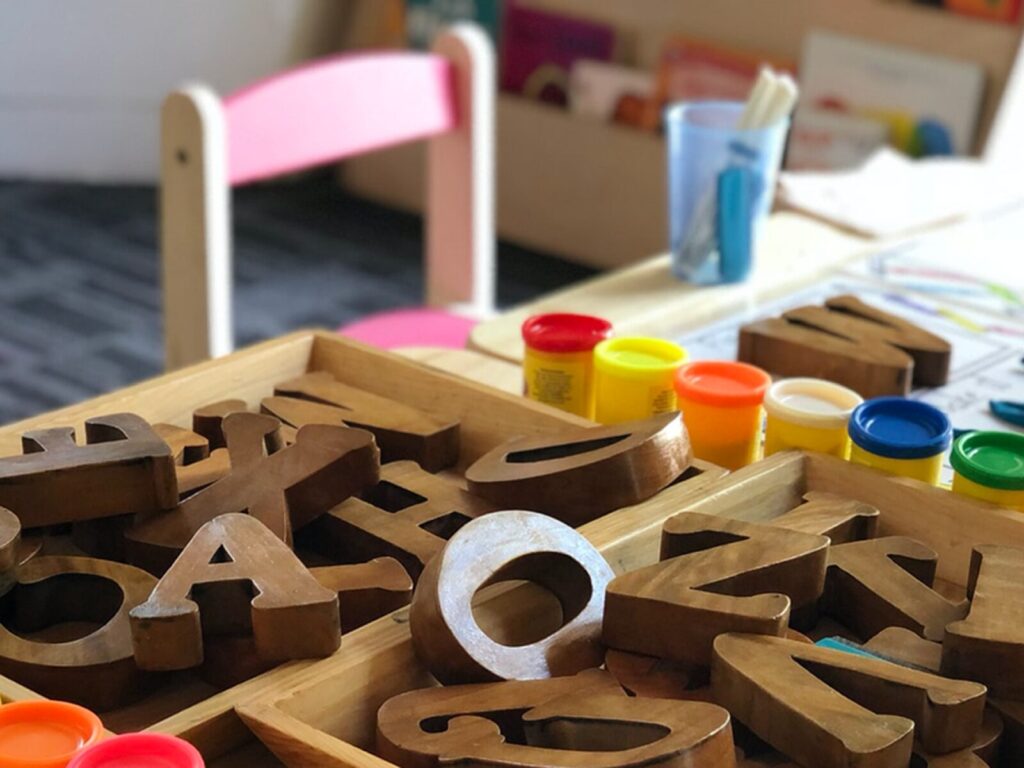ATS is a fully accredited lab that provides lead testing, toy safety testing, and product certification according to many industry standards.
As a CPSC-approved testing lab, our state of the art facility ensures national and international products comply with safety requirements and federal limits for total lead content:
- 90 parts per million (ppm) limit for paints and coatings
- 100 parts per million (ppm) for substrates (plastics, metals, etc.)
Capable of detecting very low limits of lead and other heavy metals, ATS can help you ensure your product complies with federal and state regulations, such as the 40 ppm total lead content limit for the state of Illinois.
The History of Lead Testing & the Consumer Product Safety Improvement Act of 2008
Lead is a toxic heavy metal used for years in the building and construction industry. It is used in batteries, bullets and shot, weights, solder, some metal alloys (e.g. pewter, brass, etc.), radiation shields, a coloring element in ceramic glazes (notably in the colors red and yellow), used in polyvinyl chloride (PVC), used in making certain glasses, the traditional base metal of organ pipes, oil-based paints (lead carbonate), and for pigments in paints (particularly white, yellow, orange, and red).
Lead Poisoning
Like other heavy metals, lead is a potent neurotoxin that accumulates in soft tissues and bone over time. Lead poisoning was even documented in ancient times in Greece, Rome, and China.
Lead poisoning damages the nervous system (especially in young children) and can cause blood and brain disorders and has even been linked to learning disabilities in children at low levels. Lead poisoning typically results from ingestion of lead contaminated materials or lead based paint. The concern about lead exposure in children has brought about the passage of stricter legislation to reduce its use (the Consumer Product Safety Improvement Act of 2008).
CPSIA
The CPSIA establishes specific lead limits in children’s products. Section 101(a) of the CPSIA states that, as of August 14, 2011, products designed or intended for children 12 and younger cannot contain more than 100 ppm of lead (this applies to substrate materials). The lead limit for paints or surface coatings is 90 ppm.
Section 102 of the CPSIA requires manufacturers to certify children’s products and demonstrate compliance with the CPSC’s rules, standards, or bans. This involves implementing and adhering to a reasonable testing program. Part of that reasonable testing program is to perform compliance testing.
Exemptions and Applications
Currently, the CPSC exempts the following materials from third-party testing and certification: precious gemstones and semiprecious gemstones; natural or cultured pearls; wood; paper and similar materials; traditional CMYK process printing inks; textiles of natural fibers; some manufactured fibers; other plant-derived and animal-derived materials; surgical steel and other stainless steel; and precious metals.
However, any textiles that have undergone after-treatment applications, such as screen prints, transfers, decals, or other prints still need to be certified for compliance.
Contact Us
Contact our staff here at ATS for further details on those materials requiring compliance testing, and call +1 (888) 287-5227 to schedule lead testing from our CPSC-approved lab.



